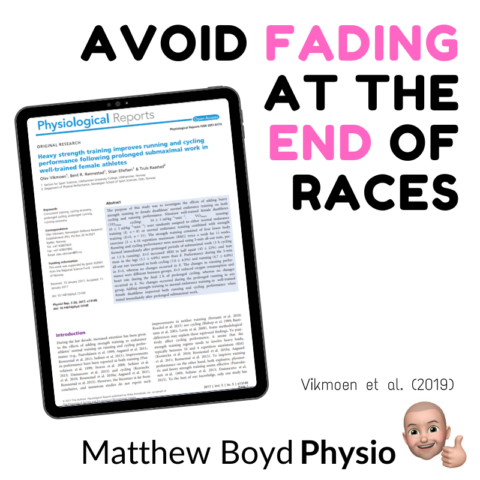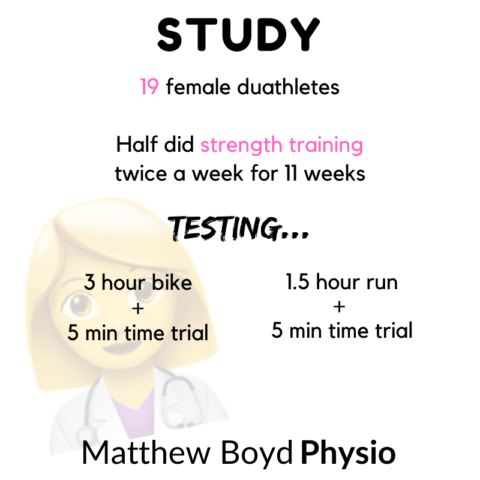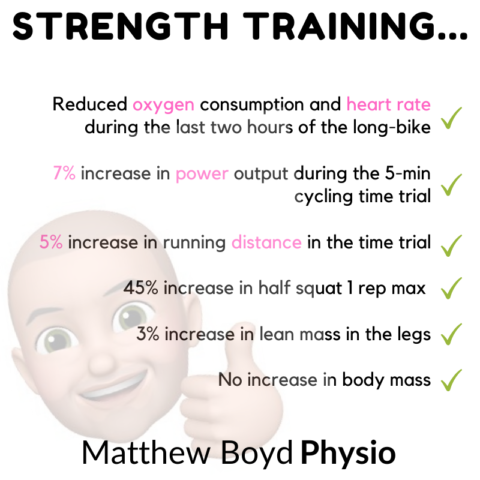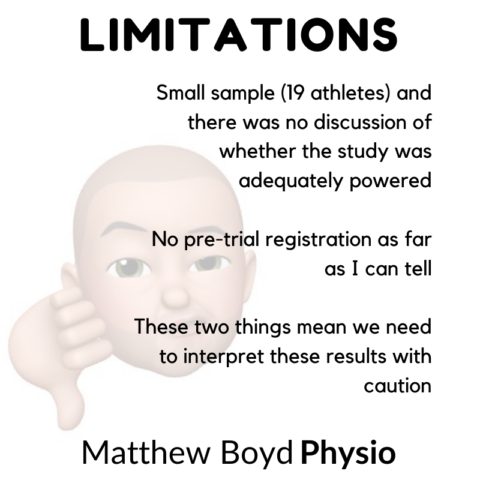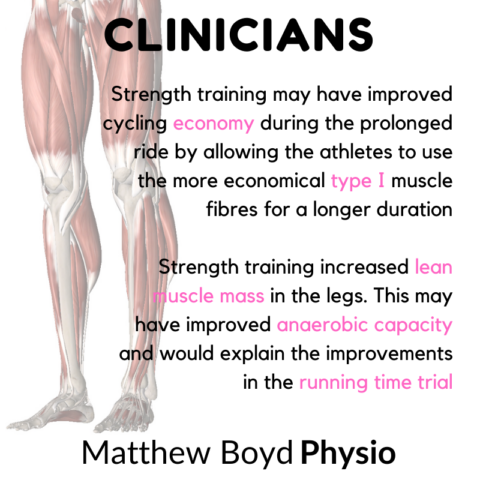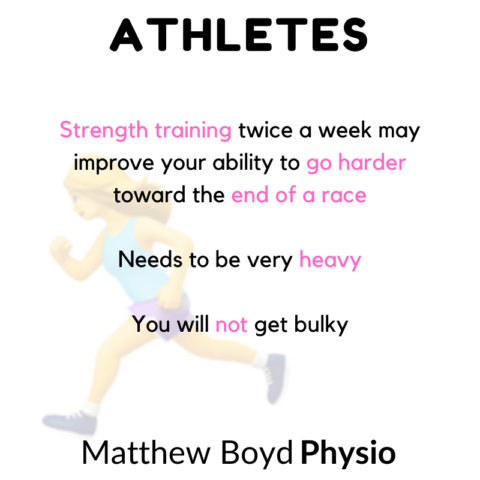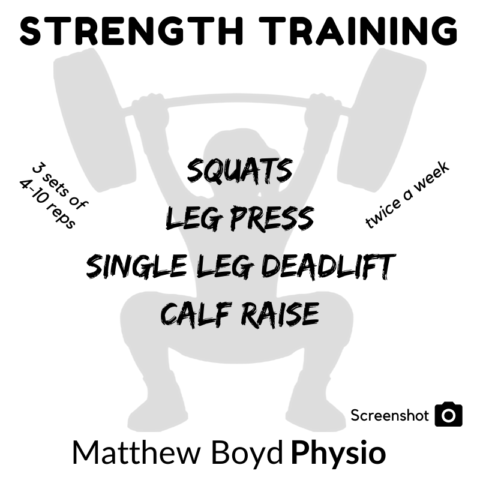Fading at the end of races is a common problem.
You run the first 32k so you can race the last 10
That’s a common saying among marathon runners. Being able to sustain race pace up until the finish line is a vital part of racing. Even better than this would be the elusive negative split – racing the second half faster than the first. In triathlon, running off the bike is one of the more difficult skills for athletes to master. Many triathletes will fade on the run because they went too hard on the bike.
How can athletes perform better in the latter part of distance races like marathons and full distance triathlons? Obviously long-slow runs or rides and brick workouts are vital. However, a new study from researchers in Norway seems to suggest strength training may actually improve your ability to avoid fading at the end of races.
Study
- 19 female duathletes
- Randomly assigned to normal training or normal training + strength trainin
- Strength training was twice a week for 11 weeks
- At the end of the trial both groups had to perform:
- 3 hour bike ride followed by a 5 minute time trial
- 1.5 hour run followed by a 5 minute time trial
Findings – Strength Training…
- Reduced O2 consumption and heart rate during the last two hours of the prolonged cycling trial (improved cycling economy)
- Increased mean power output during the 5-min all-out cycling test (7% +/- 4%)
- Increased running distance in the 5-min all-out running test (5% +/- 6.0%)
- Increased 1RM in half squat (45% +/- 22%) and lean mass in the legs (3.1% +/- 4%)
- Body mass remained unchanged
Limitations
- Small sample (19 athletes) and there was no discussion of whether the study was adequately powered
- No pre-trial registration as far as I can tell
- These two things mean we need to interpret these results with caution
Clinicians
- Strength training may have improved cycling economy during the prolonged ride by allowing the athletes to use the more economical type I muscle fibres for a longer duration
- Strength training increased lean muscle mass in the legs. This may have improved anaerobic capacity and would explain the improvements in the running time trial
Athletes
- Strength training twice a week may improve your ability to go harder toward the end of a race
- Strength training needs to be heavy: 3 sets of 4-10 rep max
- Squats
- Leg Press
- Single Leg Deadlift
- Calf Raise
You can read the full text here…
Heavy strength training improves running and cycling performance following prolonged submaximal work in well-trained female athletes
